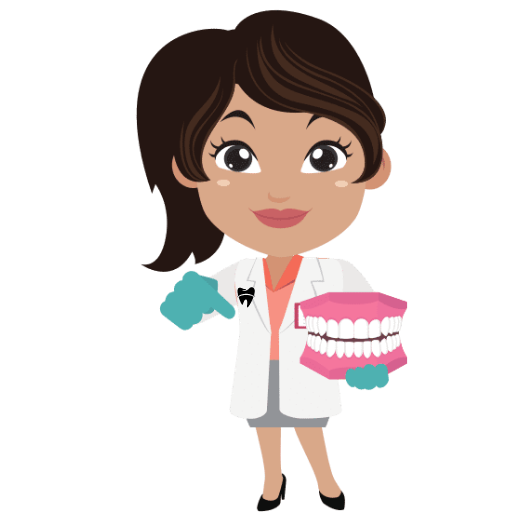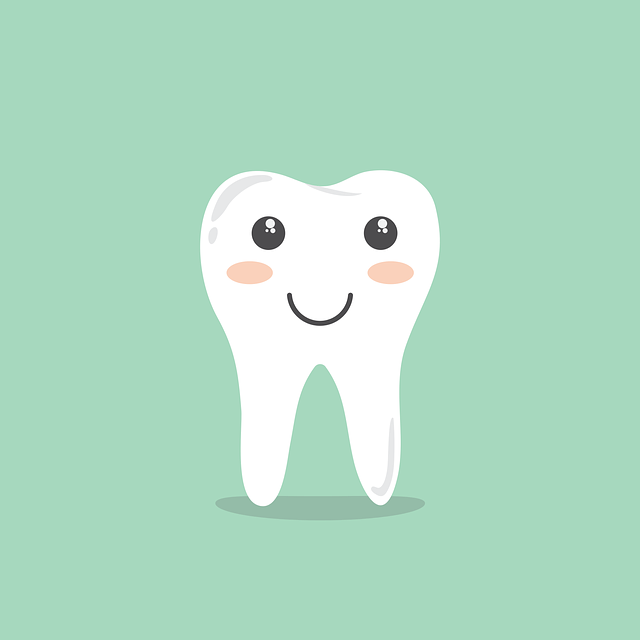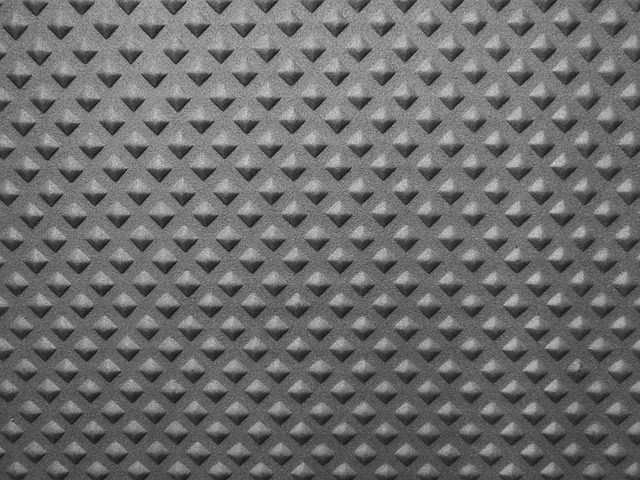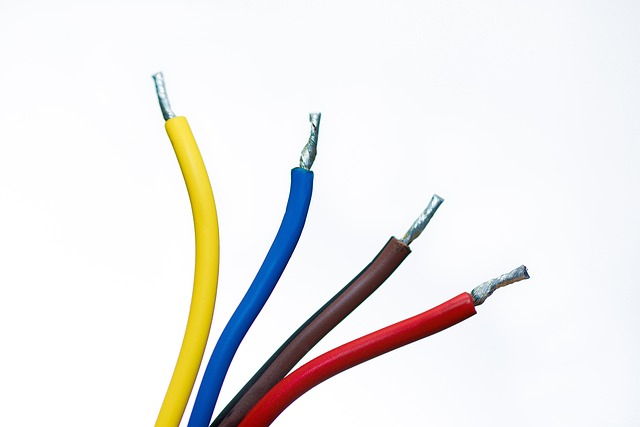Unlock a confident smile with veneers – do they have the power to fix open bite? In this orthodontic guide, gain professional insights and find out!
1. Understanding Open Bite: Causes and Characteristics
An open bite is a dental condition characterized by a lack of vertical overlap between the upper and lower front teeth when the back teeth are in occlusion. This means that when biting down, there is an open space between the upper and lower front teeth, creating a gap. Understanding the causes and characteristics of open bite is essential to address this condition effectively.
Causes of open bite can vary from genetic factors, such as a skeletal discrepancy between the upper and lower jaws, to habits like thumb sucking or tongue thrusting during childhood development. Other potential causes include abnormalities in the jaw structure, improper swallowing patterns, or prolonged use of pacifiers or bottles.
- Genetic factors: In some cases, open bite can be inherited, as certain skeletal discrepancies may be passed on from one generation to another.
- Habits: Prolonged thumb sucking or tongue thrusting can lead to open bite by exerting constant pressure on the teeth and jaws, causing them to move out of alignment.
- Jaw abnormalities: An improperly developed or positioned jaw can contribute to the occurrence of open bite.
- Swallowing patterns: When a person swallows incorrectly, it may disrupt the normal alignment of the teeth and contribute to the development of open bite.
- Prolonged pacifier or bottle use: The prolonged use of pacifiers or bottles, especially beyond the appropriate age, can affect the natural development of the jaws and teeth, potentially leading to open bite.
Recognizing the underlying causes of open bite and understanding its characteristics is crucial in determining the appropriate treatment options. By addressing the root causes, dental professionals can help patients achieve a proper bite, and consequently, improve their overall oral health and function.
2. Exploring the Limitations of Veneers in Treating Open Bite
Veneers are a popular treatment option for dental issues, but are they suitable for open bite correction? While veneers can deliver remarkable results in many cases, it is vital to understand their limitations when it comes to treating open bite. Here, we explore the drawbacks of relying solely on veneers for open bite correction.
1. Ineffective Bite Correction: Veneers primarily improve the appearance of teeth by covering the front surface. However, they do not address the underlying skeletal or dental issues that cause an open bite. As a result, relying solely on veneers may not effectively correct the misalignment of the jaw. For a comprehensive solution, it is essential to consider alternative orthodontic or surgical options to address the root cause of the open bite.
2. Potential Temporomandibular Joint (TMJ) Issues: Open bite can sometimes be associated with temporomandibular joint disorders. While veneers may provide aesthetic improvements, they do not correct these joint issues. In fact, veneers could exacerbate the underlying TMJ problems by altering the bite alignment further. Therefore, it is crucial to consult with a qualified dental professional to ensure veneers are not contraindicated in cases involving TMJ disorders.
3. Orthodontic Options for Correcting Open Bite: A Comprehensive Overview
An open bite is a dental condition where the upper and lower teeth do not touch each other when the mouth is closed. It can lead to various issues such as speech difficulties, chewing problems, and an unattractive smile. Fortunately, there are several orthodontic options available to correct an open bite, each tailored to address specific needs. Here, we provide a comprehensive overview of these treatment options to help you make an informed decision:
1. Traditional Braces: Braces are a common choice for correcting open bites. They involve attaching small brackets to the teeth and connecting them with a wire, which applies gentle pressure to gradually shift the teeth into the correct position. Traditional braces are highly effective in treating open bites and can be customized to suit each individual’s unique needs.
2. Invisalign: If you prefer a more discreet option, Invisalign might be the right choice for you. This innovative treatment uses a series of clear plastic aligners that are nearly invisible when worn. Invisalign aligners exert gentle pressure on the teeth to gradually align them over time. They are removable, making it easier to maintain oral hygiene and enjoy your favorite foods without restrictions.
4. The Role of Veneers in Enhancing Open Bite Treatment Outcomes
Veneers play a significant role in enhancing the outcomes of open bite treatment. By providing a minimally invasive solution, veneers can effectively address the aesthetic concerns associated with an open bite. Here’s how veneers contribute to improving open bite treatment results:
1. Correcting tooth misalignment: Veneers can help align misaligned teeth caused by an open bite, resulting in a straighter, more symmetrical smile. This is achieved by bonding the thin porcelain shells to the front surface of the affected teeth, providing them with a new, ideal shape and position.
2. Closing gaps: Open bites often lead to gaps between the front teeth. Veneers can effectively close these gaps by carefully adjusting the size and shape of each veneer, ensuring a harmonious alignment of the entire smile. With veneers, patients can enjoy a more balanced and aesthetically pleasing dental appearance.
5. Combined Orthodontic and Veneer Approach: Collaborative Solutions for Open Bite
In some cases, a combined orthodontic and veneer approach can provide effective solutions for open bite concerns. This collaborative treatment plan involves the use of orthodontic appliances to correct the alignment of the teeth, followed by the application of veneers to enhance the aesthetics of the smile. By addressing both the functional and cosmetic aspects of open bite, this approach offers comprehensive results.
Here are some key benefits of the combined orthodontic and veneer approach for open bite:
- Improved bite alignment: Orthodontic appliances, such as braces or clear aligners, are used to gradually move the teeth into their ideal positions. This not only helps to close the open bite, but also improves the overall alignment and functionality of the bite.
- Aesthetic enhancement: After the teeth have been properly aligned through orthodontic treatment, custom-made veneers are applied to the front surfaces of the teeth. Veneers are thin, tooth-colored shells that can effectively mask any remaining dental imperfections, such as discoloration, minor misalignments, or uneven tooth shapes.
- Minimally invasive: Compared to traditional orthodontic approaches, this combined approach is often less invasive. It allows for the correction of open bite issues without the need for extensive tooth reduction or extraction. This makes it a more conservative option that can yield excellent results.
6. Case Studies: Successful Application of Veneers in Open Bite Correction
In the field of dentistry, veneers have proven to be an effective treatment option for correcting open bites. By analyzing case studies where veneers were successfully applied in open bite correction, valuable insights can be gained to understand their benefits and outcomes. These studies showcase the transformative power of veneers in resolving open bites and restoring both functionality and aesthetics to patients’ smiles.
Successful application of veneers in open bite correction relies on careful treatment planning and execution. The following factors contribute to the positive outcomes observed:
- Thorough evaluation: Prior to treatment, a comprehensive examination is conducted to assess the patient’s dental condition, including the severity of the open bite and any underlying issues. This evaluation helps determine the suitability of veneers and enables the development of an appropriate treatment plan.
- Precise tooth preparation: Skillful tooth preparation is crucial for optimal veneer placement. The dentist carefully removes a minimal amount of enamel, ensuring a proper fit and natural appearance of the veneers.
- Customized veneer fabrication: Crafted from high-quality materials like porcelain, veneers are custom-made to match the patient’s desired shape, size, and color. This personalized approach enhances the overall aesthetics while addressing the functional aspects of the open bite correction.
- Patient collaboration: Open communication and collaboration between the dentist and the patient are essential for success. Educating the patient about the treatment process, discussing expectations, and involving them in decision-making contribute to a satisfactory outcome.
These case studies exemplify how veneers can produce remarkable results in open bite correction. By utilizing this procedure, patients can enjoy improved occlusal function, enhanced facial esthetics, and increased self-confidence. However, it is crucial to note that each case is unique, and a consultation with a dental professional is essential to determine whether veneers are the most suitable option for individual cases of open bite correction.
With the right treatment approach and proper patient selection, veneers provide a reliable solution for correcting open bites. The successful application of veneers in open bite correction reflects the advancements in dental techniques and materials, offering patients a comfortable and effective alternative to improve their oral health and appearance.
7. The Importance of a Multidisciplinary Approach in Open Bite Treatment
Understanding
Open bite is a malocclusion characterized by an insufficient vertical overlap of the front teeth when the back teeth are closed. It can result from various factors, such as genetics, thumb sucking, tongue thrusting, or prolonged pacifier use. The treatment of open bite can be complex, as it requires addressing both the dental and skeletal components of the condition.
A multidisciplinary approach to open bite treatment is vital to achieve successful outcomes. By involving specialists from different fields, such as orthodontists, oral surgeons, and speech therapists, a comprehensive treatment plan can be developed to address the underlying causes and correct the bite alignment effectively.
- Orthodontics: Orthodontists play a crucial role in open bite treatment by utilizing various appliances, such as braces or clear aligners, to align the teeth properly. They also work closely with other specialists to ensure a coordinated treatment approach.
- Oral Surgery: In some cases, surgical intervention may be required to correct skeletal abnormalities contributing to the open bite. Oral surgeons assess the need for surgical correction and perform procedures, such as orthognathic surgery, to reposition the jaw bones for improved bite alignment.
- Speech Therapy: Tongue thrusting, a common cause of open bite, can be addressed through speech therapy. Speech therapists help patients relearn correct tongue positioning and swallowing techniques to prevent relapse and support long-term stability of the bite.
A multidisciplinary approach ensures that the various aspects contributing to open bite are evaluated and treated comprehensively, increasing the chances of a successful and lasting outcome. Through this collaborative approach, treatment plans can be customized to fit the unique needs of each patient, leading to improved aesthetics, oral function, and overall quality of life.
8. Assessing Candidacy for Veneers in Open Bite: Key Considerations
When considering veneers for open bite correction, it is important to assess the candidacy of the individual to ensure optimal results. Several key considerations should be taken into account before proceeding with this cosmetic dental treatment:
Jaw Alignment: Evaluating the alignment of the jaw is essential in determining the suitability of veneers for open bite correction. If the open bite is caused by a misaligned jaw, veneers may not be the most effective solution. In such cases, orthodontic treatments or oral surgery may be recommended to correct the underlying jaw alignment issue before considering veneers.
9. Veneers and Open Bite: Potential Pros and Cons to Weigh
Veneers can offer a potential solution for individuals with an open bite, but there are important aspects to consider before making a decision. Here are some pros and cons to weigh:
- Pros:
- Veneers can help create the appearance of a closed bite, improving the overall aesthetics of your smile.
- They can correct misaligned or crooked teeth, enhancing your confidence and self-esteem.
- Veneers are a long-lasting solution that can resist stains, maintaining their brightness and color.
- This cosmetic dental procedure is minimally invasive, usually requiring minimal enamel removal.
- Since veneers are custom-made, they can be designed to match the shape and color of your natural teeth, resulting in a seamless integration and an aesthetically pleasing outcome.
- Cons:
- The process of getting veneers might involve multiple dental appointments, including initial consultations and adjustments.
- Although veneers are durable, they can still be susceptible to chipping or cracking if subjected to excessive force or trauma.
- Potential tooth sensitivity may occur after the placement of veneers due to the removal of enamel during the preparation process.
- Since veneers are irreversible, it is essential to carefully consider the decision-making process and consult with your dentist to ensure it is the right treatment option for your specific situation.
When contemplating veneers for open bite correction, it is crucial to discuss your goals and concerns with a qualified dentist who can provide personalized advice based on your unique dental condition. By weighing the potential pros and cons, you can make an informed decision that aligns with your desired outcomes and long-term oral health.
10. Patient Satisfaction and Long-Term Stability with Veneers in Open Bite Treatment
In open bite treatment, veneers have shown to provide long-term stability and high patient satisfaction. Veneers are thin, custom-made shells made of porcelain or composite resin that are bonded to the front surface of teeth to improve their appearance. Open bite is a dental condition where the upper and lower front teeth do not meet when biting down, creating a gap between the upper and lower teeth. This condition can lead to speech difficulties, difficulty chewing certain foods, and a less-than-ideal smile.
Veneers offer a solution for patients with open bite by improving the aesthetics and functionality of their teeth. They can help align the upper and lower teeth, closing the gap and creating a more harmonious bite. Patients who have undergone veneer treatment for open bite have reported significant improvements in their overall satisfaction with their smile, as well as increased confidence and self-esteem. Veneers provide a natural-looking solution that blends seamlessly with the rest of the teeth, enhancing the patient’s appearance.
In conclusion, veneers alone cannot fix an open bite. Orthodontic treatment is necessary to address the underlying issue. Veneers can enhance the appearance of teeth, but a thorough evaluation by an orthodontist is crucial for a long-term solution. Don’t hesitate to consult with a professional for personalized advice.






